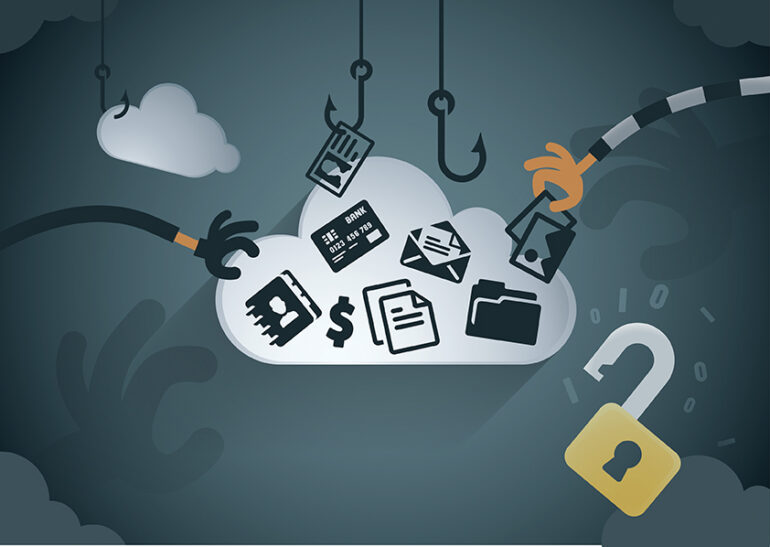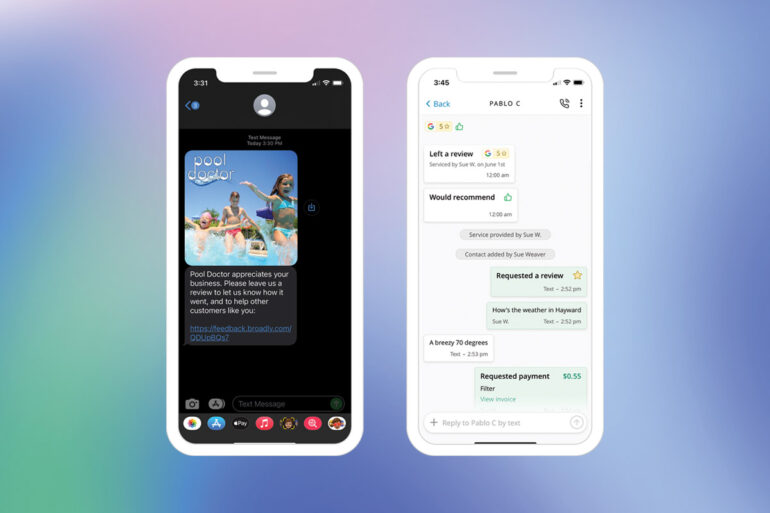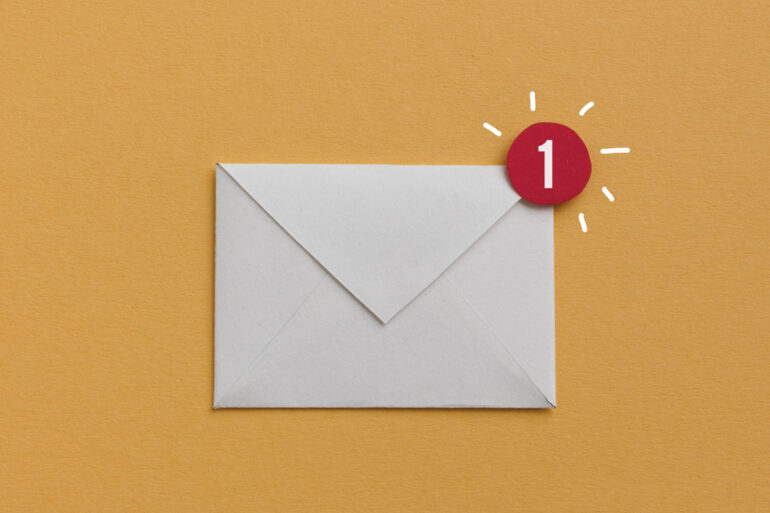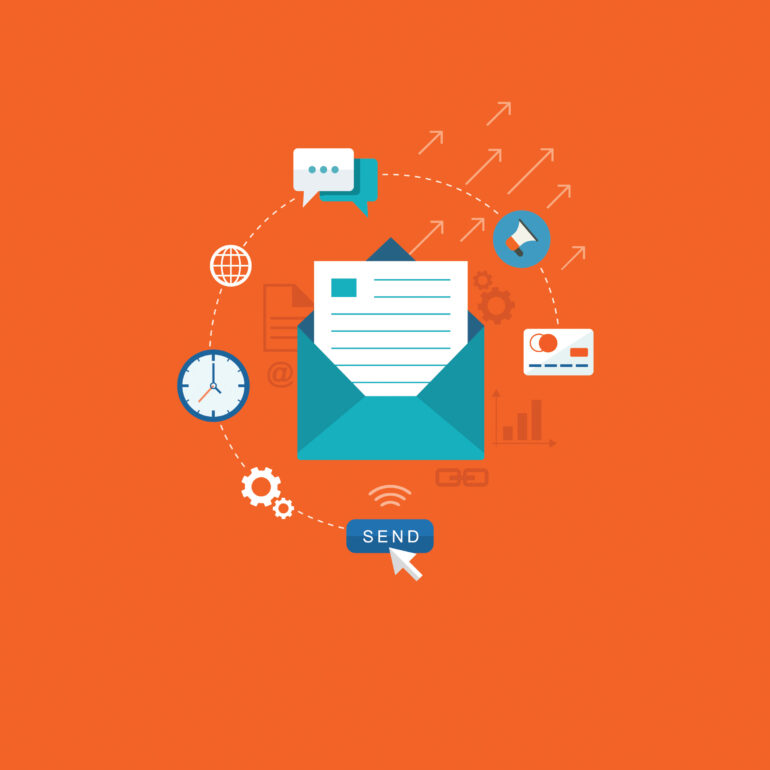Email Marketing 101 — Get Opened
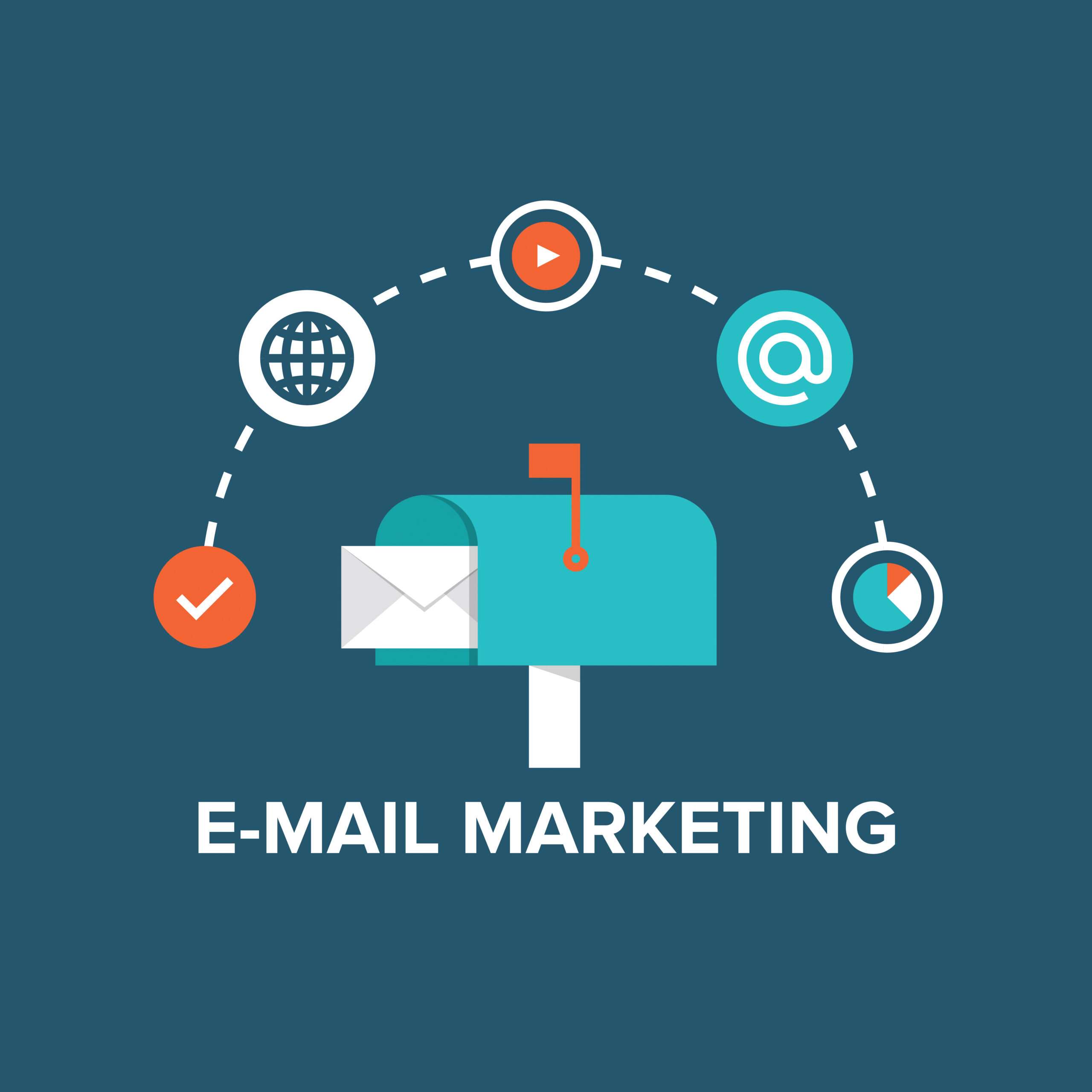
Previously, we touched on the first step to getting potential customers to read your email marketing campaign: avoiding the spam folder. The subject line and preheader text are vitally important to deliverability, but there’s more.
Allison Reynolds, co-founder of The Get Smart Group marketing firm, oversees email marketing campaigns for its clients. She says the No. 1 priority should be to have an actual business email address from which to send emails. “Sending something from a Hotmail, Yahoo, Gmail or AOL account can prevent successful deliverability by up to 60 percent,” she says.
Reynolds says it’s best to have an email address with your website name in it: bob@yourcompanyname.com. She recommends Gmail for business ($5 per user, per month) or email set up through the website’s host. Gmail for business, she says, “is a perfect solution because it’s inexpensive, the storage is huge and you get a lot of other perks. People don’t realize that your email address can still be bob@yourcompanyname.com through Gmail’s service.”
To keep track of view rates for your campaign, use a quality third-party delivery system. These services boast high rates for email deliverability; they know what keeps your emails out of spam. If you send the emails on your own, says David Carleton, owner of Street Smart Sales & Marketing, try Spam Assassin. “[This program] will look at the text in your email,” he says, “and rate whether it would be seen as spam.”
Making it to the inbox is only half the battle, however, if you’re not doing anything to stand out. “Ninety percent of getting an email opened and read is based upon the subject line,” Carleton says. He recommends split-testing emails through an email-marketing service to find the most effective subject line. What does that look like? “If you have 1,000 people on your email list, split that up and send out three different emails, with three different subject lines to three separate groups,” he says. Do one set personalized with the
recipient’s name in the subject line, then a second set without personalization. In the third, change one or
two words in the subject line — then send them and see what happens. Continually split test to see what has the best results.
The more unusual the subject line, Reynolds says, the better chance of someone reading the email. “Make them curious without annoying them and sounding like everyone else’s spammy subject lines,” she says. “We recently sent an email with [the subject line], ‘Is an hour of time worth a 25 percent increase this year?’ We got a very high open rate on that.”
Rewrite the subject line a few times to find the right fit, Reynolds says, adding that even verging on the bizarre or incorporating humor can be effective. The email’s consistency and authenticity are important, too, she says: Keep it to two paragraphs max, and add a strong visual that’s relevant to the text.
Putting an image in an email can be risky, she says, but it can add value. “Send the email from the person they’ve already met and have a trusting relationship with. Personalize the email like you’re standing at a hot tub show: You took a picture, wrote this email and sent it immediately. Give them the impression you were thinking about them specifically.”
Reynolds also suggests a call to action at the end of the email. Share why you’re sending the email and what the customer should do. “For the hot tub show,” she says, “write that you’ll give a discount if they come by this week and mention the email, providing incentive for the recipients to take action.”

